High drama: MX_SI reveals a bold new cultural centre in Granada
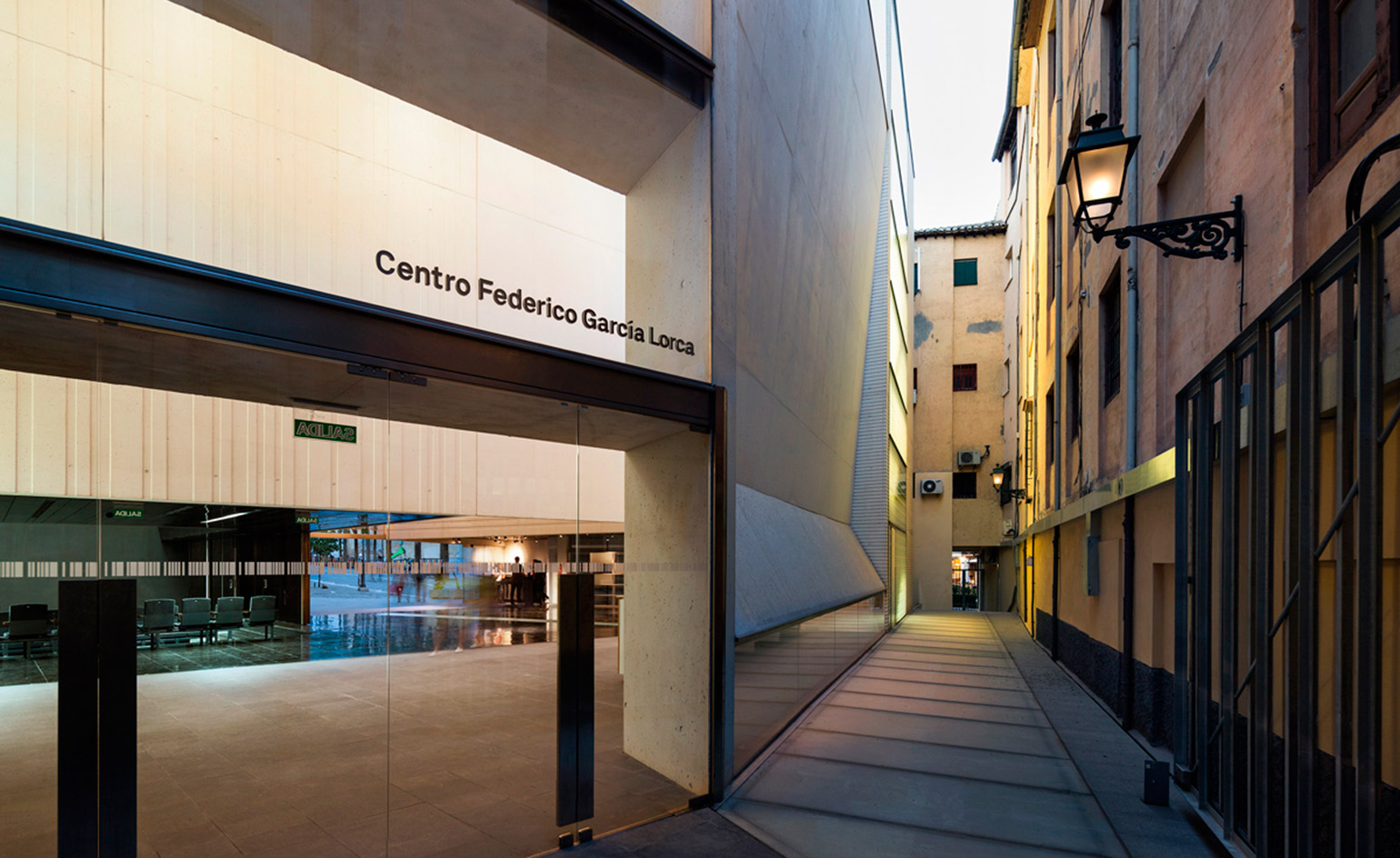
The metaphor of a gateway to the arts is forcefully expressed in concrete in this new building for the Federico García Lorca Centre in Granada. The work of Barcelona-based studio MX_SI, the centre honours the life of the Spanish playwright and provides a focal point for community engagement with literature, theatre and the visual and musical arts. The mighty entrance makes an immediate focal point, drawing the eye in from across the city's Plaza de la Romanilla and concentrating visitors on a journey into an inner sanctum of the arts.
García Lorca was born and lived in Granada, his career cut short when he was assassinated by the Nationalists in the opening weeks of the Spanish Civil War. His reputation grew clandestinely under Franco and he is now revered, especially in the city of his birth. Any building honouring the poet and playwright's name needed to convey a tough, solid image to the world, as well as reflecting the way the arts open up one's perception of the city. The rich layers of in-situ concrete that make up the faceted exterior mirror the city's traditional use of stone.
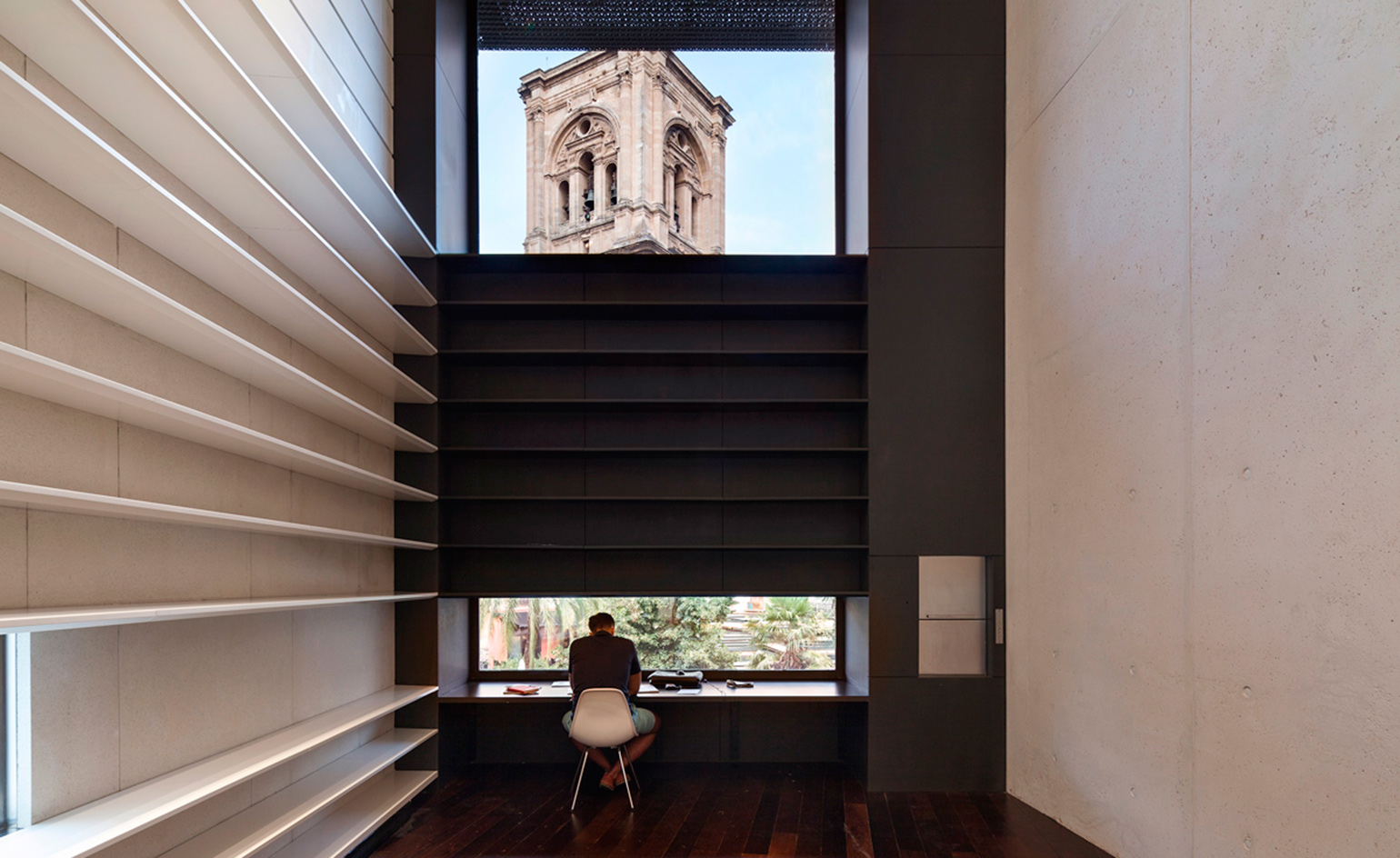
There are moments of interaction with Granada's existing architecture throughout the building, such as these windows which enclose views of the historic city
The mighty angular facade setbacks point inward to the entrance, eventually leading into a corridor and public space. Changing roof levels don't interfere with a large, column-free area for accessible activities, enlivened by the interplay of light and shadow from the angular roofscape above.
The new building, which was won in competition, has taken a decade to realise. As well as gallery spaces, it houses a 400-seat flexible theatre, a generous library and the poet's archive, as well as a café and shop. The architects, Mara Partida, Mónica Juvera, Boris Bezan and Héctor Mendoza, formed their practice off the back of winning the project in 2005 and have since made cultural centres a specialty.
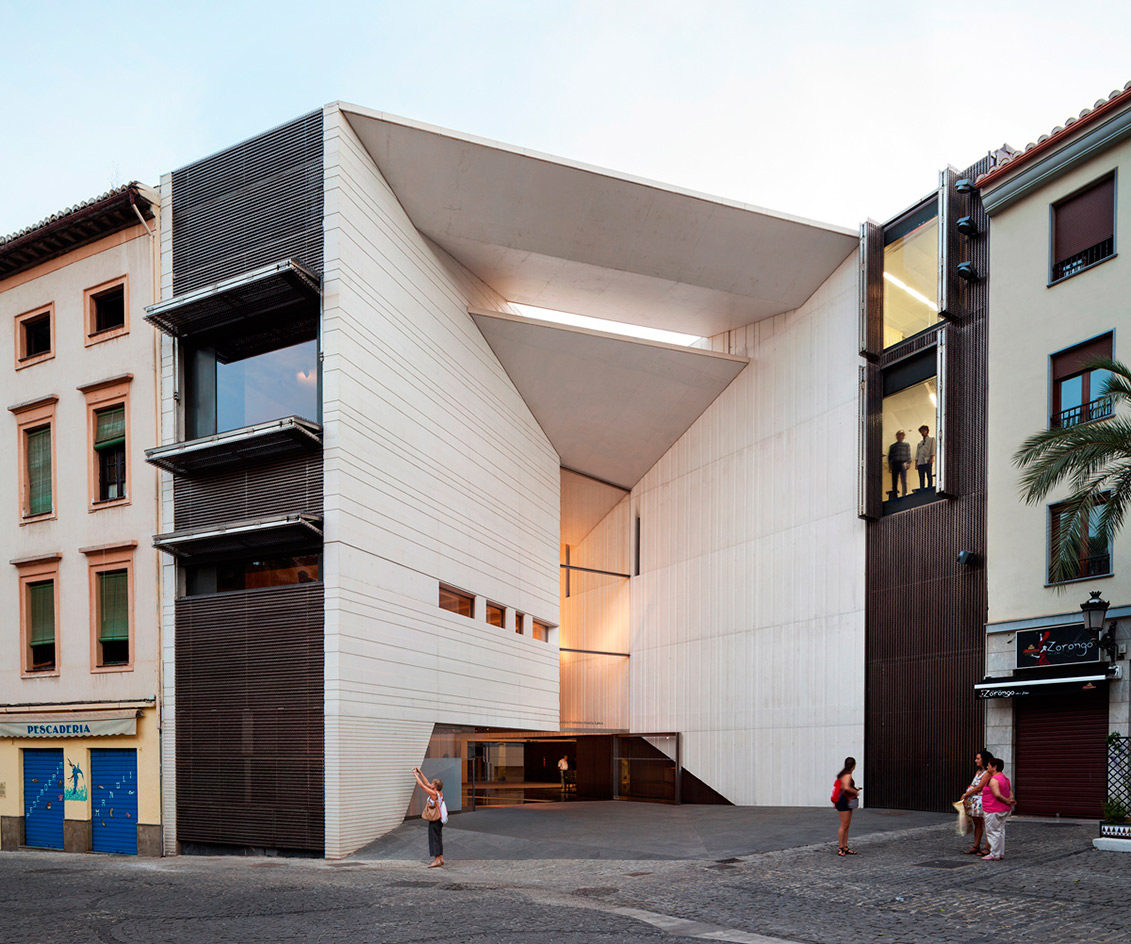
The gateway-style entrance opens up onto the Plaza de la Romanilla.
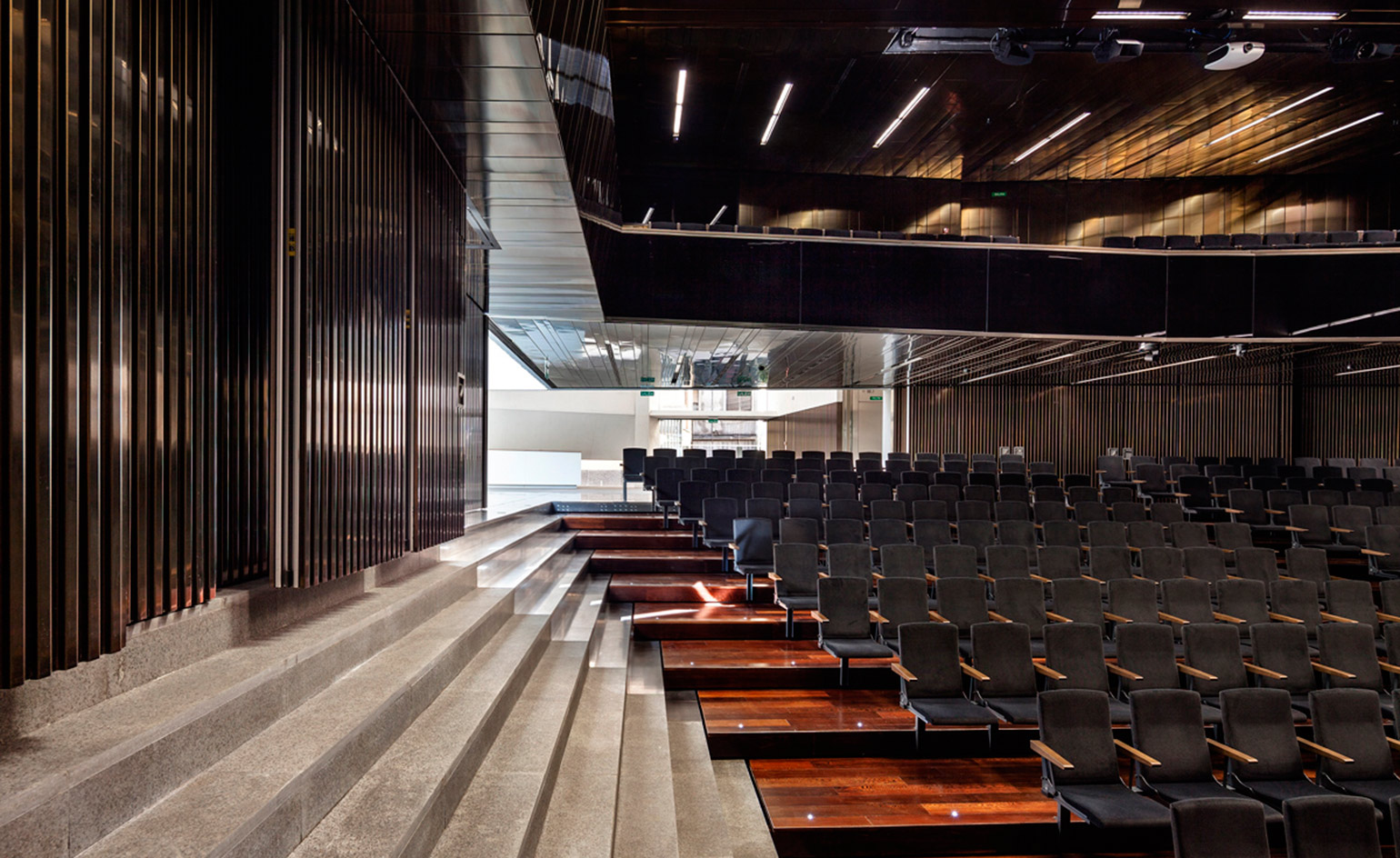
The building provides a cultural centre for literature, theatre and the visual and musical arts in Granada
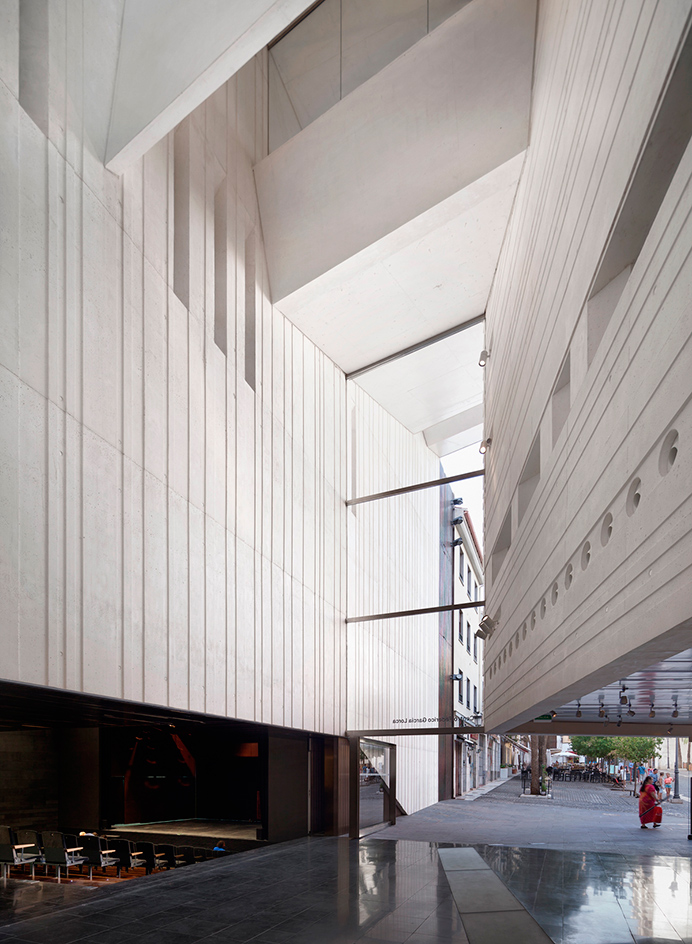
The building is constructed with layers of concrete in response to the traditional use of stone in the city
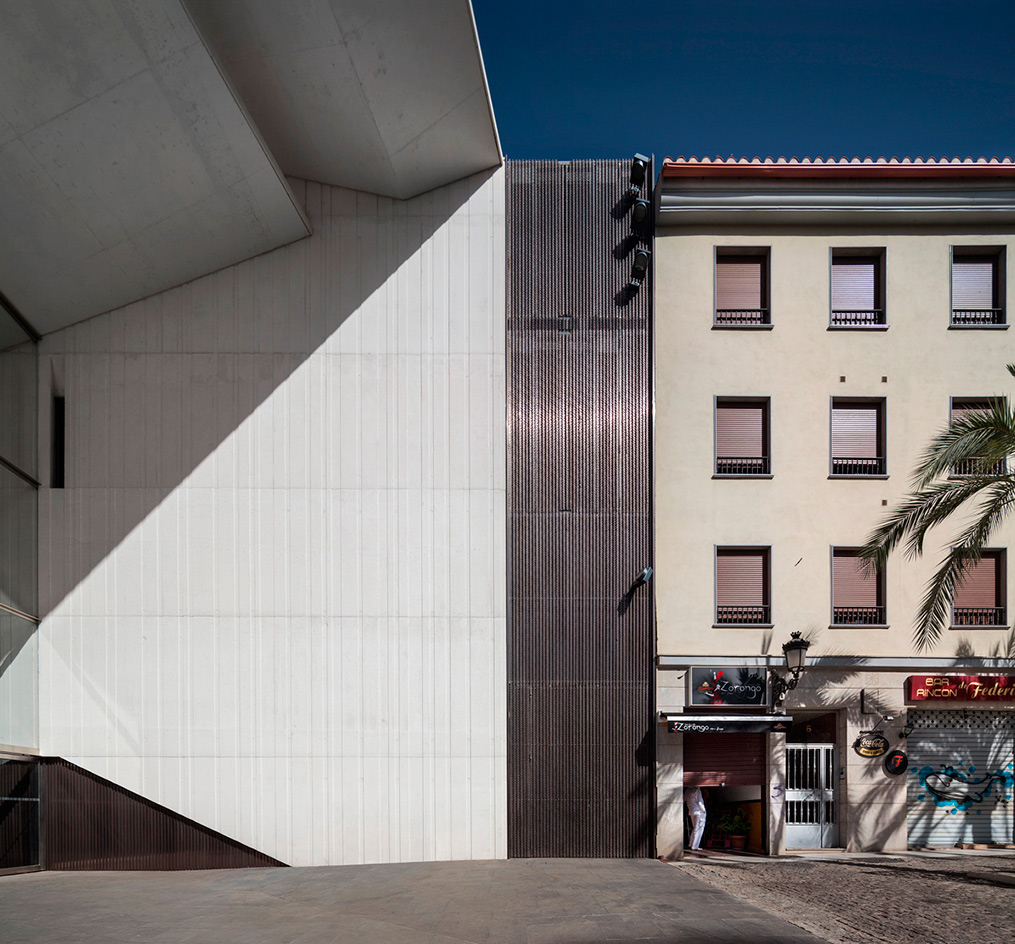
The architecture is open and welcoming, becoming a part of the public space of the square
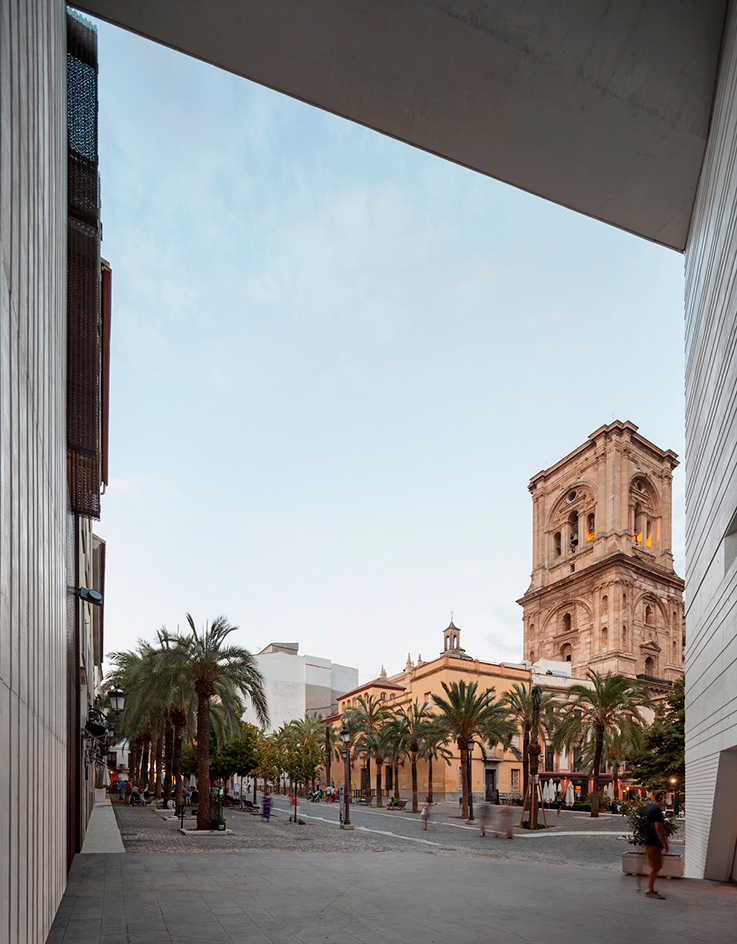
An angular entranceway frames the view of the square
INFORMATION
For more information, visit the MX_SI Architectural Studio website
Wallpaper* Newsletter
Receive our daily digest of inspiration, escapism and design stories from around the world direct to your inbox.
Jonathan Bell has written for Wallpaper* magazine since 1999, covering everything from architecture and transport design to books, tech and graphic design. He is now the magazine’s Transport and Technology Editor. Jonathan has written and edited 15 books, including Concept Car Design, 21st Century House, and The New Modern House. He is also the host of Wallpaper’s first podcast.
-
 The Lighthouse draws on Bauhaus principles to create a new-era workspace campus
The Lighthouse draws on Bauhaus principles to create a new-era workspace campusThe Lighthouse, a Los Angeles office space by Warkentin Associates, brings together Bauhaus, brutalism and contemporary workspace design trends
By Ellie Stathaki
-
 Extreme Cashmere reimagines retail with its new Amsterdam store: ‘You want to take your shoes off and stay’
Extreme Cashmere reimagines retail with its new Amsterdam store: ‘You want to take your shoes off and stay’Wallpaper* takes a tour of Extreme Cashmere’s new Amsterdam store, a space which reflects the label’s famed hospitality and unconventional approach to knitwear
By Jack Moss
-
 Titanium watches are strong, light and enduring: here are some of the best
Titanium watches are strong, light and enduring: here are some of the bestBrands including Bremont, Christopher Ward and Grand Seiko are exploring the possibilities of titanium watches
By Chris Hall
-
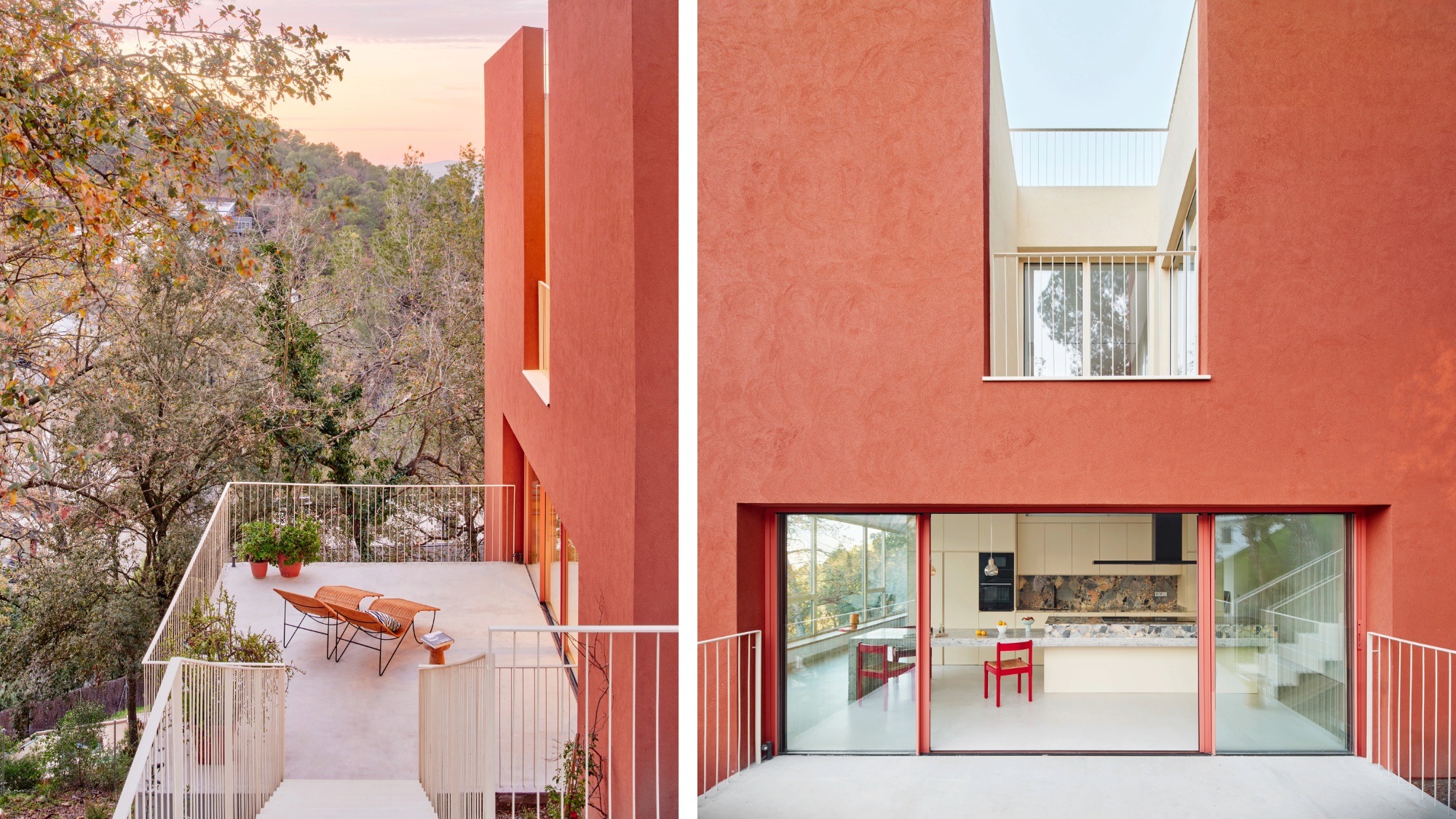 This striking Spanish house makes the most of a tricky plot in a good area
This striking Spanish house makes the most of a tricky plot in a good areaA Spanish house perched on a steep slope in the leafy suburbs of Barcelona, Raúl Sánchez Architects’ Casa Magarola features colourful details, vintage designs and hidden balconies
By Léa Teuscher
-
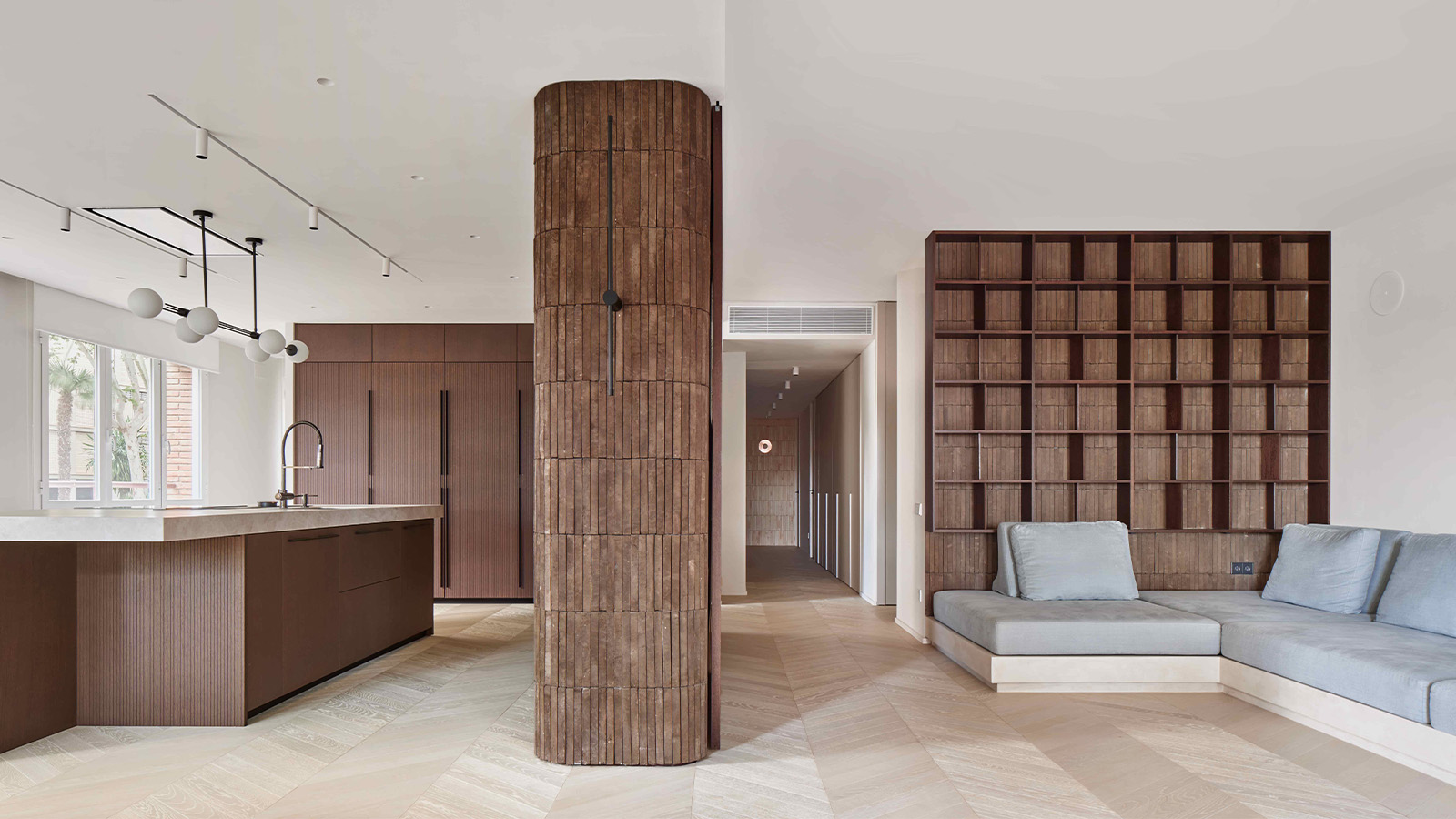 This brutalist apartment in Barcelona is surprisingly soft and gentle
This brutalist apartment in Barcelona is surprisingly soft and gentleThe renovated brutalist apartment by Cometa Architects is a raw yet gentle gem in the heart of the city
By Tianna Williams
-
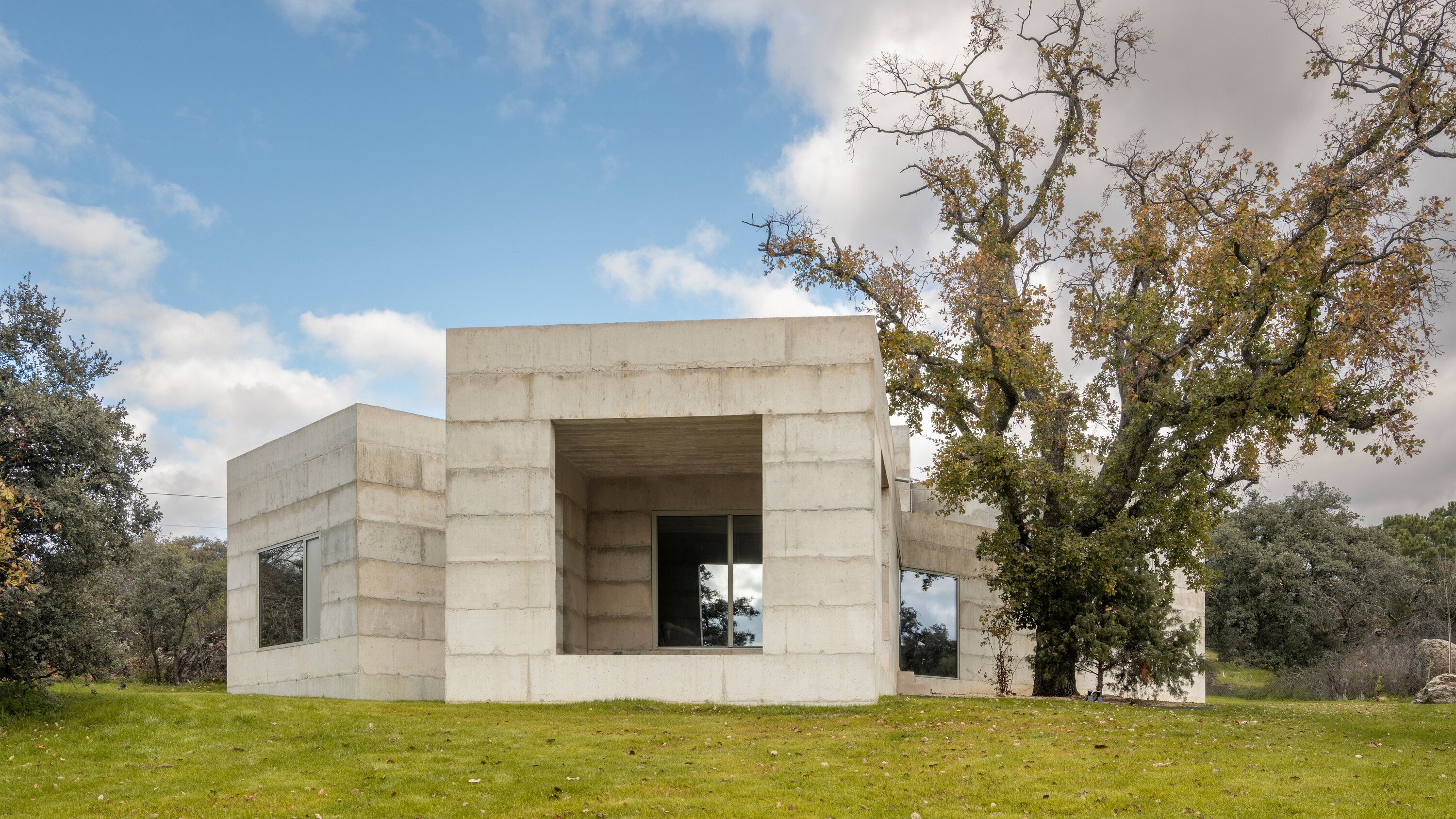 A brutalist house in Spain embraces its wild and tangled plot
A brutalist house in Spain embraces its wild and tangled plotHouse X is a formidable, brutalist house structure on a semi-rural plot in central Spain, shaped by Bojaus Arquitectura to reflect the robust flora and geology of the local landscape
By Jonathan Bell
-
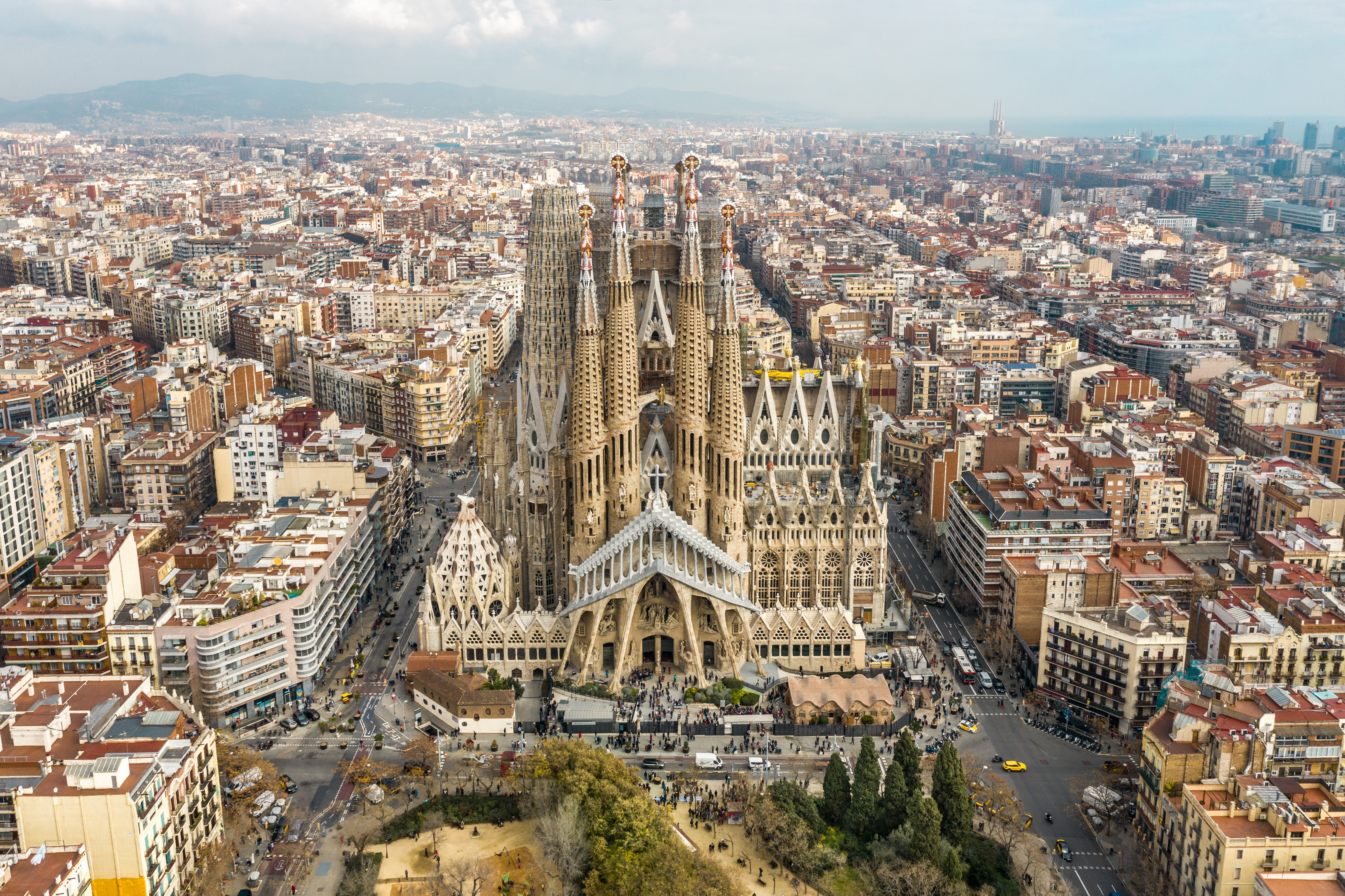 Antoni Gaudí: a guide to the architect’s magical world
Antoni Gaudí: a guide to the architect’s magical worldCatalan creative Antoni Gaudí has been a unique figure in global architectural history; we delve into the magical world of his mesmerising creations
By Ellie Stathaki
-
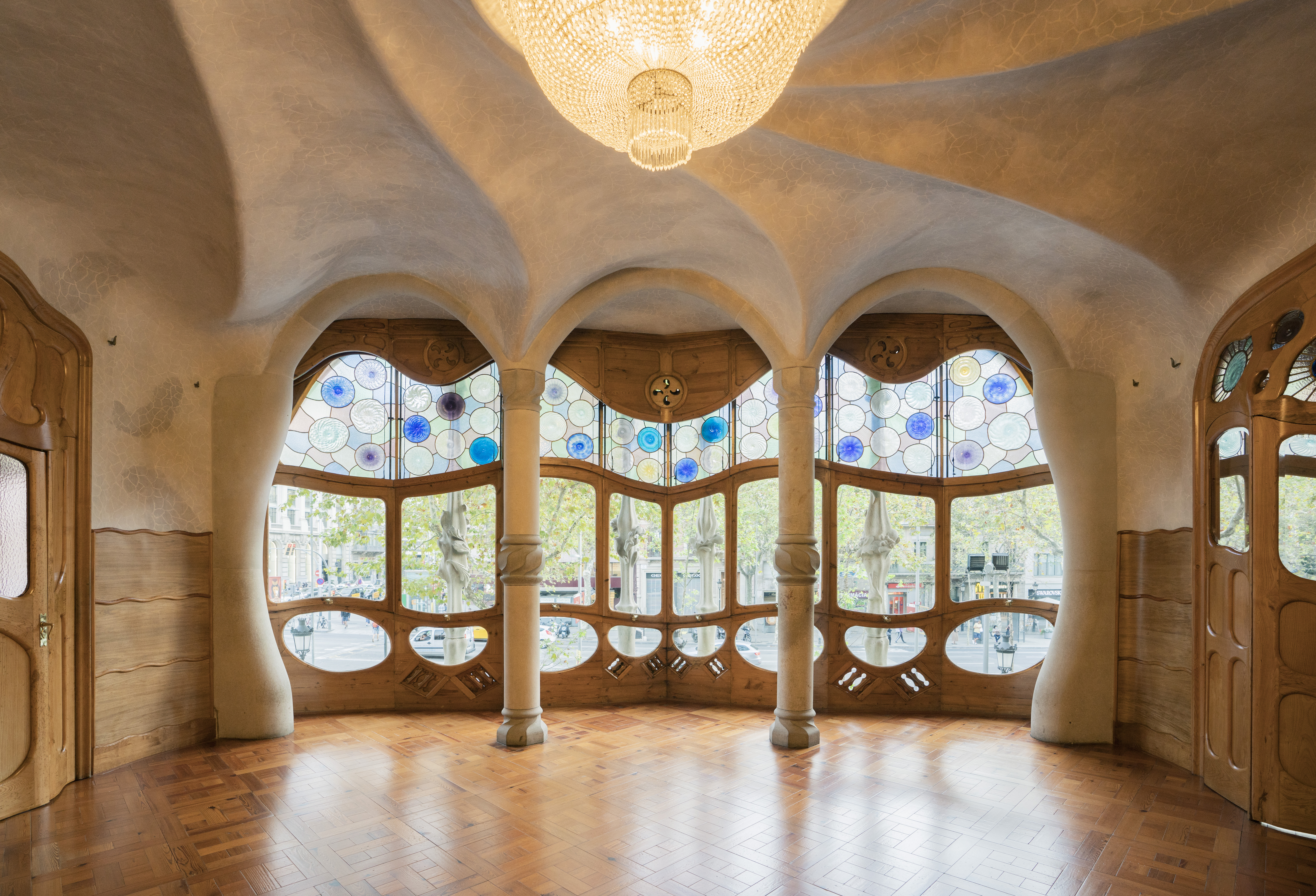 The case of Casa Batlló: inside Antoni Gaudí’s ‘happiest’ work
The case of Casa Batlló: inside Antoni Gaudí’s ‘happiest’ workCasa Batlló by Catalan master architect Antoni Gaudí has just got a refresh; we find out more
By Ellie Stathaki
-
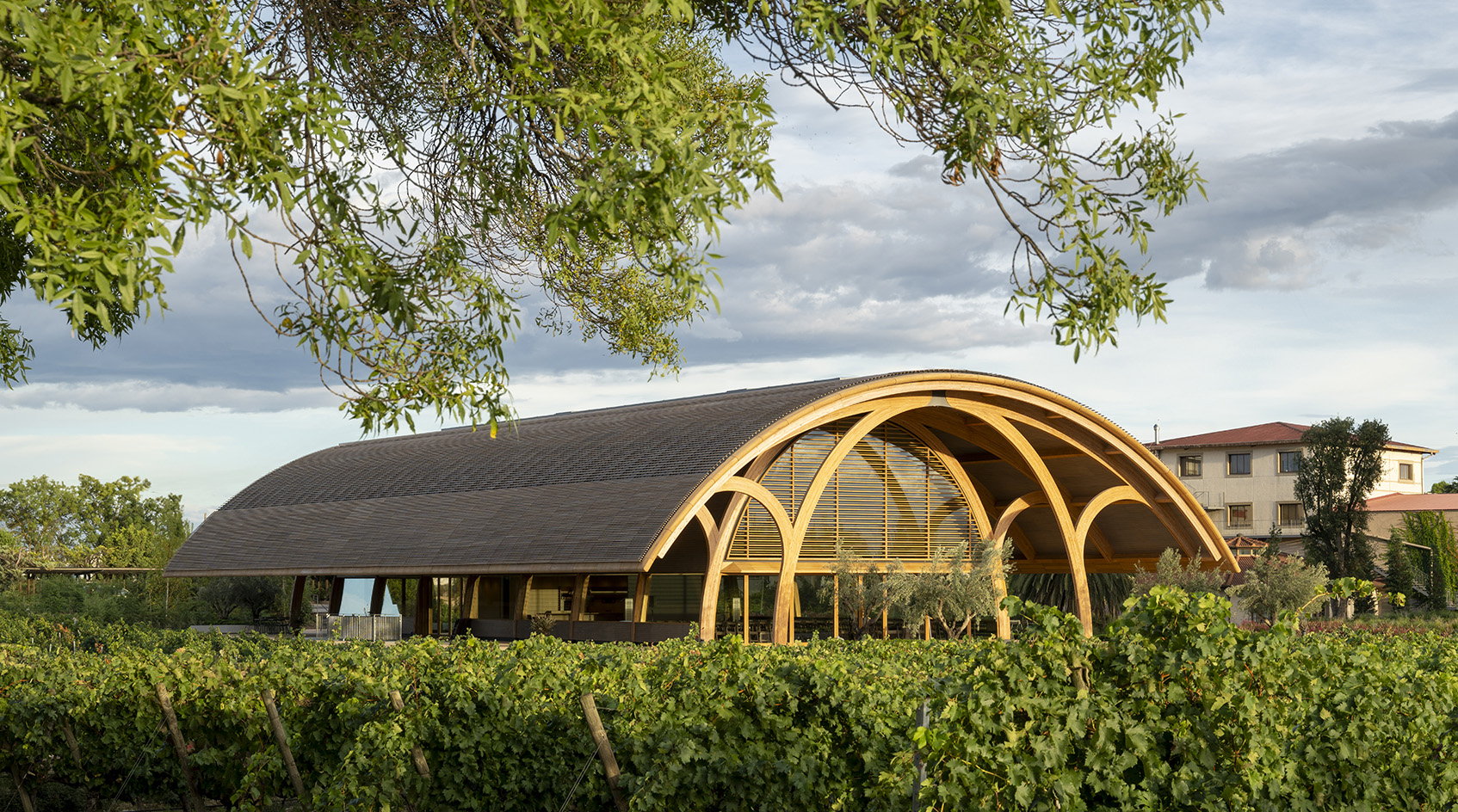 Bodegas Faustino Winery celebrates process through its versatile vaulted visitor centre
Bodegas Faustino Winery celebrates process through its versatile vaulted visitor centreBodegas Faustino Winery completes extension by Foster + Partners in Spain, marking a new chapter to the long-standing history between the architecture practice and their client
By Ellie Stathaki
-
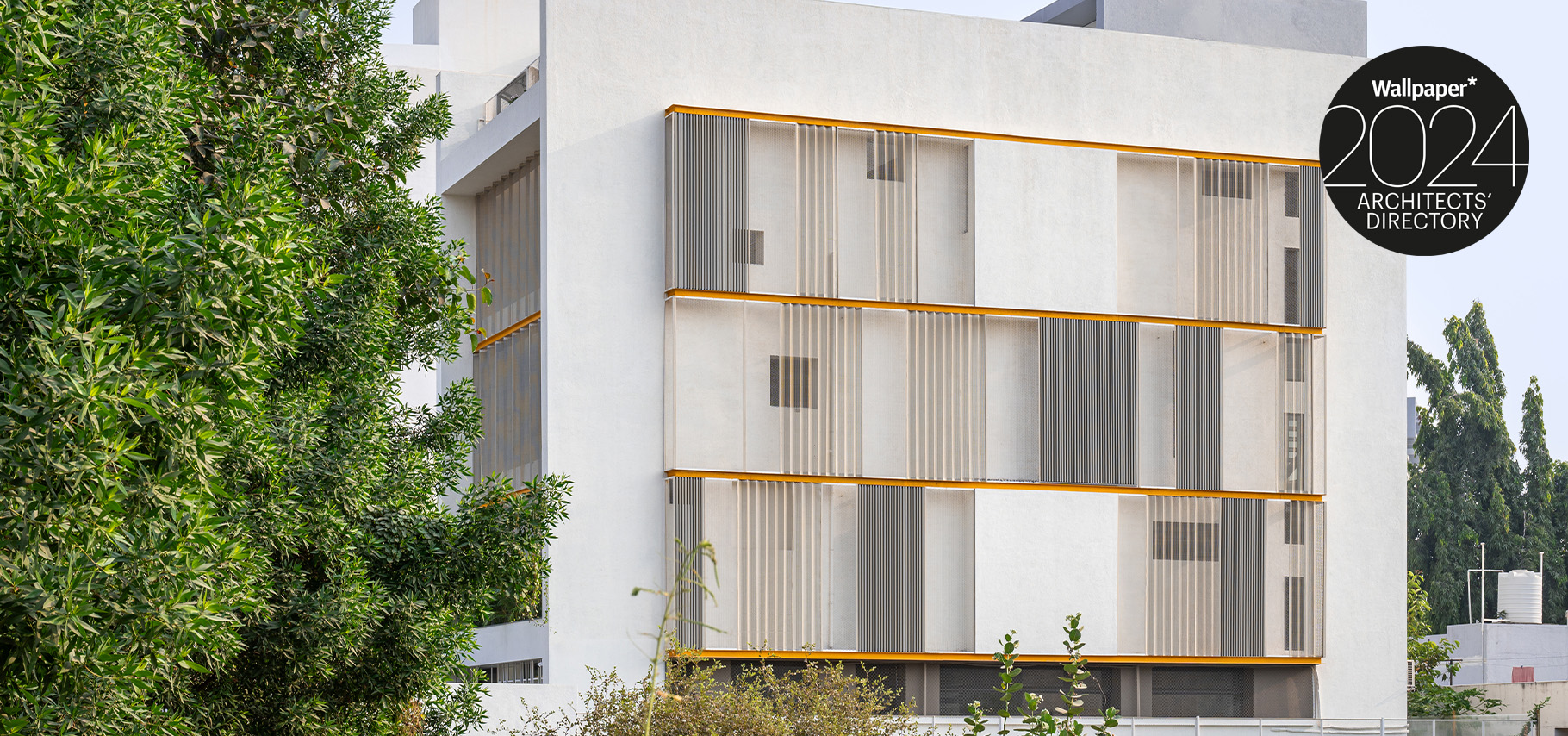 Playball Studio's architecture balances the organic and the technical
Playball Studio's architecture balances the organic and the technicalPlayball Studio, a young Indo-Spanish design practice, features in the Wallpaper* Architects’ Directory 2024
By Pallavi Mehra
-
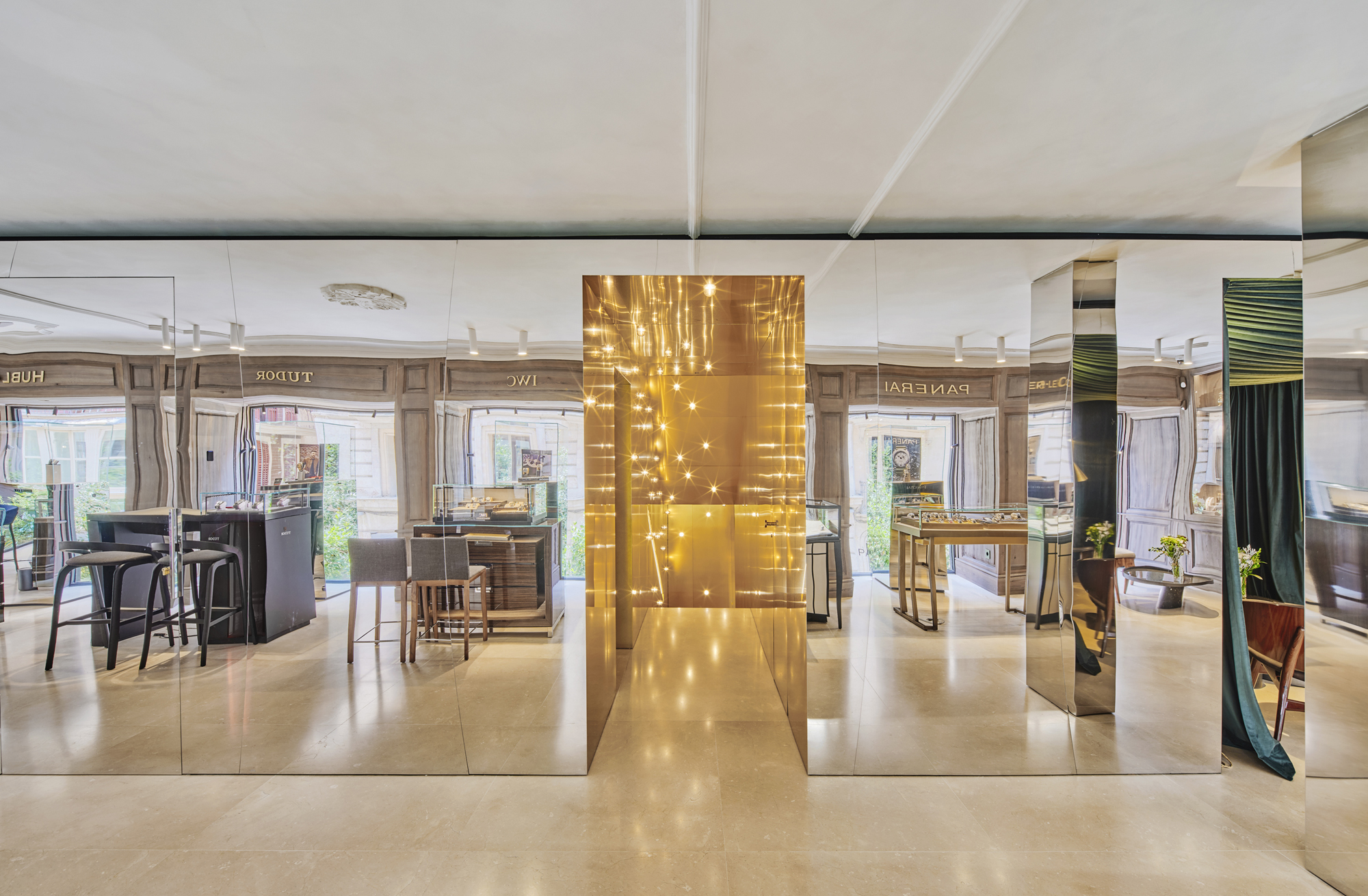 In Palma, beloved watch boutique Relojeria Alemana gets a dramatic revamp
In Palma, beloved watch boutique Relojeria Alemana gets a dramatic revampEdificio RA for Relojeria Alemana has been redesigned by OHLAB, refreshing a historical landmark in Palma, Mallorca with a 21st-century twist
By Ellie Stathaki